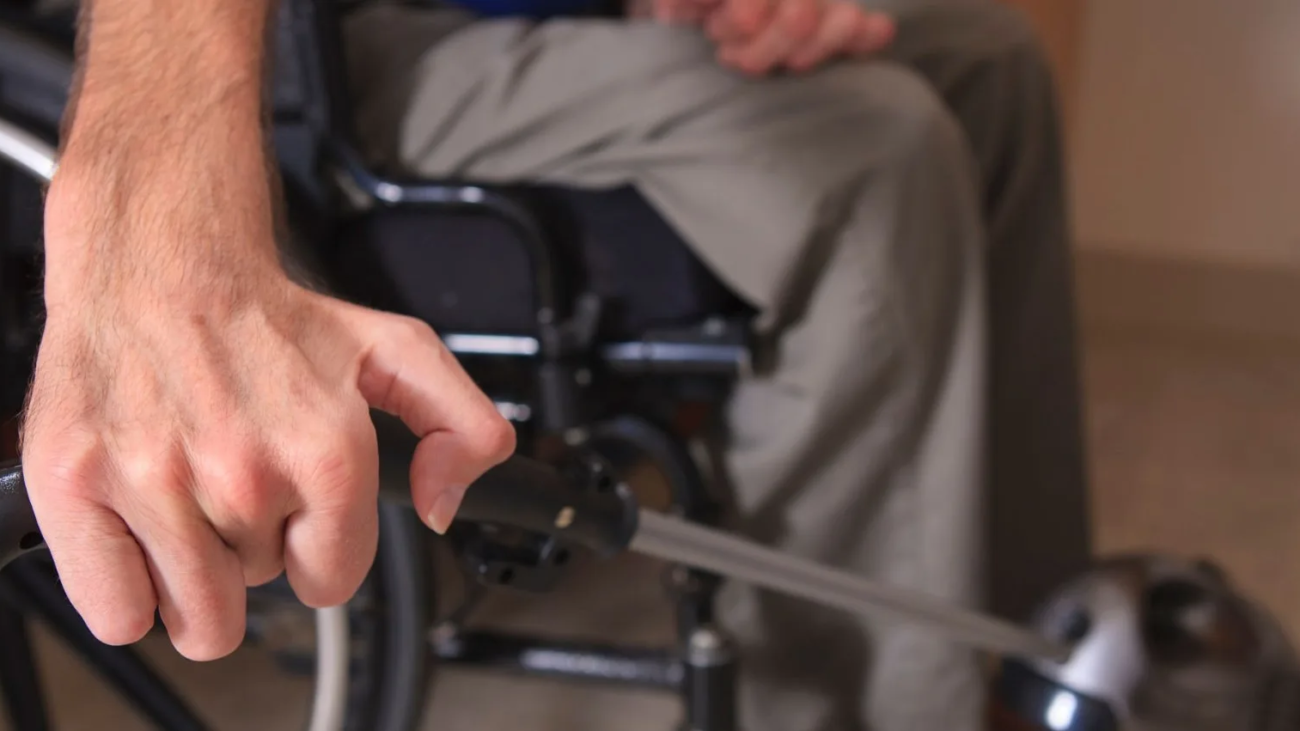Progressive Supranuclear Palsy (PSP) is a rare, progressive brain disorder that affects movement, balance, eye control, speech, and thinking. It is often mistaken for Parkinson’s disease in the early stages but has distinct features and a more rapid progression.
What is Essential Tremor?
Essential Tremor (ET) is a neurological movement disorder that causes involuntary and rhythmic shaking, most commonly affecting the hands, but it can also impact the head, voice, jaw, or legs. It is not life-threatening, but it can significantly affect your daily activities and quality of life.
What is Ataxia?
Ataxia is a neurological condition that affects coordination, balance, and speech. It is caused by damage to the cerebellum—the part of the brain responsible for fine-tuning movement. People with ataxia may appear clumsy or unsteady and may have trouble walking, using their hands, speaking clearly, or swallowing.
What is Multiple System Atrophy?
Multiple System Atrophy (MSA) is a rare, progressive neurodegenerative disorder that affects the body’s autonomic nervous system (which controls automatic functions like blood pressure and bladder control), along with movement, coordination, and balance.
What is Dystonia?
Dystonia is a neurological movement disorder that causes involuntary muscle contractions, which can lead to twisting, repetitive movements, abnormal postures, or tremors. These movements may be painful, may worsen with stress or activity, and can affect one part of the body (focal), several parts (segmental), or the entire body (generalized).
What is Tardive Dyskinesia?
Tardive Dyskinesia (TD) is a neurological condition that causes involuntary, repetitive movements, typically in the face, mouth, tongue, or limbs. It is often a side effect of long-term use of certain medications, particularly those used to treat psychiatric or gastrointestinal conditions.
What is Parkinson’s Disease?
Parkinson’s disease (PD) is a chronic and progressive neurological disorder that primarily affects movement. It occurs when certain nerve cells in the brain that produce dopamine (a chemical messenger) become damaged or die. Dopamine is essential for smooth, coordinated muscle movements. As dopamine levels drop, movement becomes more difficult, and other symptoms may develop.







